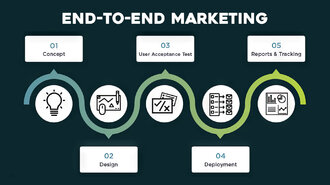No doubt about it, digital marketing stands out as one of the top marketing strategies these days.
This approach to digital marketing isn’t just efficient; it’s also more cost-effective compared to traditional methods. However, digital marketing involves various tools and concepts, which can often be tricky for many to understand.
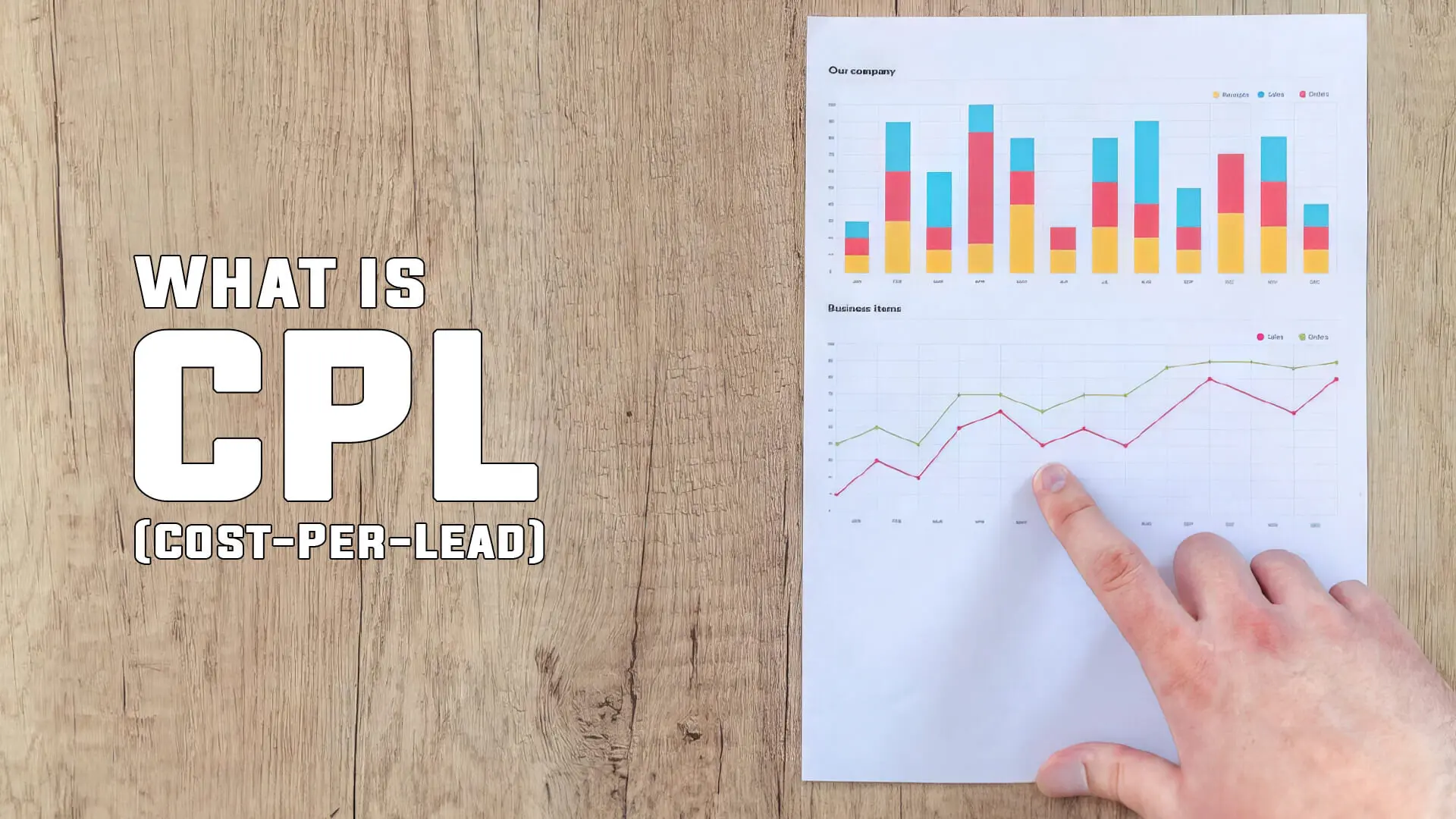
One such concept is the cost per lead (CPL), one of the many digital marketing performance indicators. CPL, alongside pay-per-click, is a crucial part of marketing metrics to consider since it determines the effectiveness of digital advertising and marketing campaigns.
So, if you are wondering what it is, you’ve come to the right place. Here, we have discussed everything you need to know about cost-per-lead and how to use it to your advantage. Dive in, then!
Want to receive updates? Sign up to our newsletter
Each time a new blog is posted, you’ll receive a notification, it’s really that simple.
What Is Cost Per Lead?
For your convenience and to provide a comprehensive view, we will be starting from the basics, including cost-per-click insights. So, in this section, we will look into what this metric means. Put simply, cost per lead is defined as the amount of money required to generate a new potential consumer from an existing marketing campaign.
A potential customer (lead) is generated when a user clicks on an ad, engages with the content on the website, and subsequently decides to sign up for the advertised product or service.
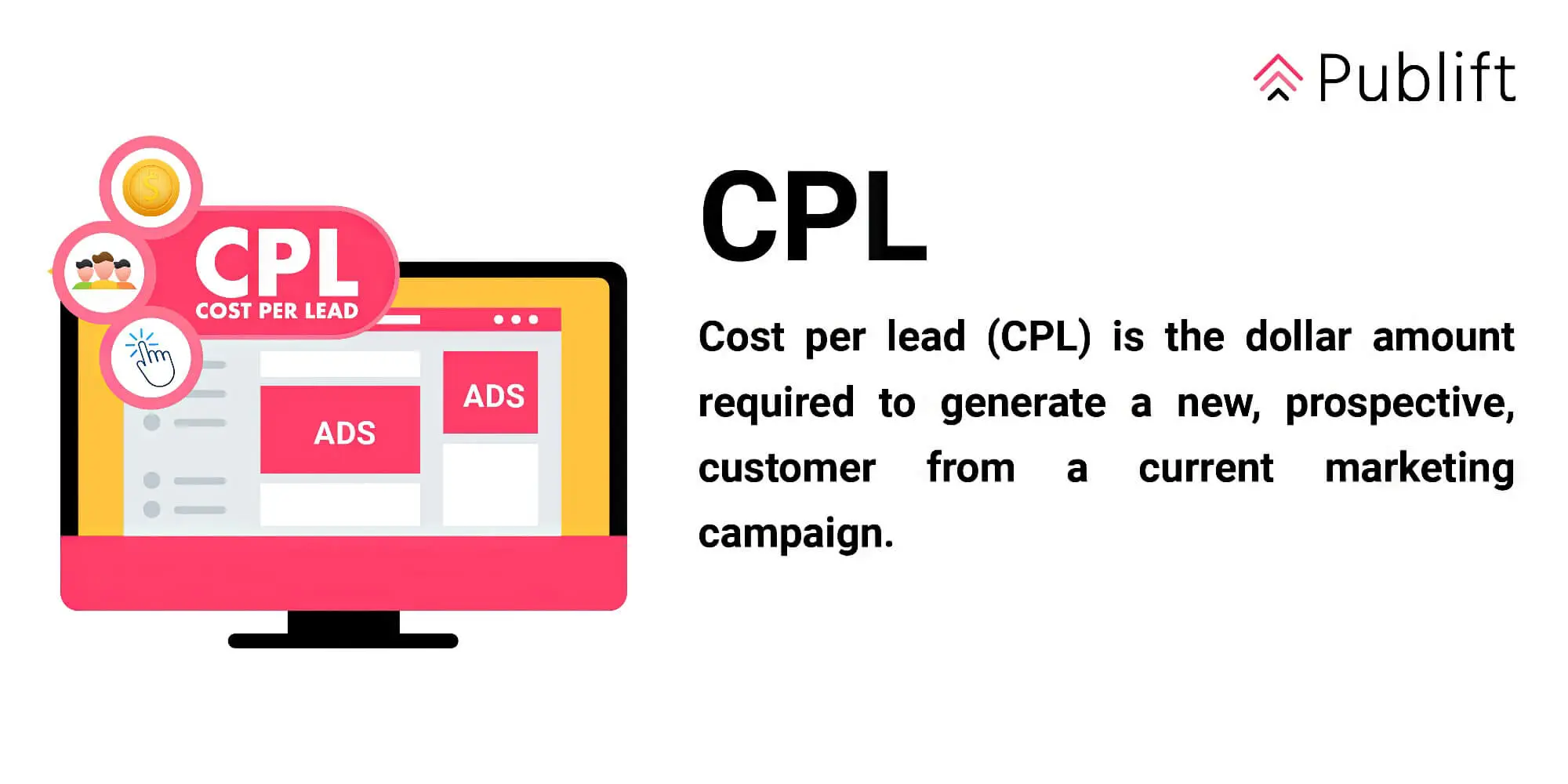
Once a user has expressed interest by opting in, they are required to complete a form or digital information sheet. Here, they must provide all the relevant details to access further information. The sales team then uses this information or “lead” to convert the prospective customer into a paying one. Therefore, this metric considers the customers and their information as the leads.
CPL is a pretty popular online advertising pricing model, and it is beneficial for businesses that sell high-value products or subscription services.
In a typical CPL advertisement campaign, the advertiser pays only for acquiring new customers, not merely for new clicks, views or conversions. Other similar types of performance metrics cover these aspects, such as CPC (cost-per-click), CPA (cost-per-action), CAC (customer acquisition cost) and many more.
How Is The Cost Per Lead Calculated?
CPL might sound a bit complex initially, but its main idea is quite simple. Calculating this metric isn’t too hard either.
All you have to do is take the total marketing spend on your ad campaign over a specified time period and divide it by the total number of leads generated, which can be measured using a lead calculator. That will tell you the CPL metric for your online marketing campaign.
Long story short, here is the mathematical formula used for calculating CPL:
Cost per lead (CPL) = Total money spent on ads/number of leads generated
Example Of CPL
If you are still having trouble understanding this concept, allow us to demonstrate it with the help of an example. Suppose you have an online subscription-based business and a monthly digital marketing budget of $25,000. You spend this money on a CPL ad campaign, and the ads generate a total of 250 leads for one month.
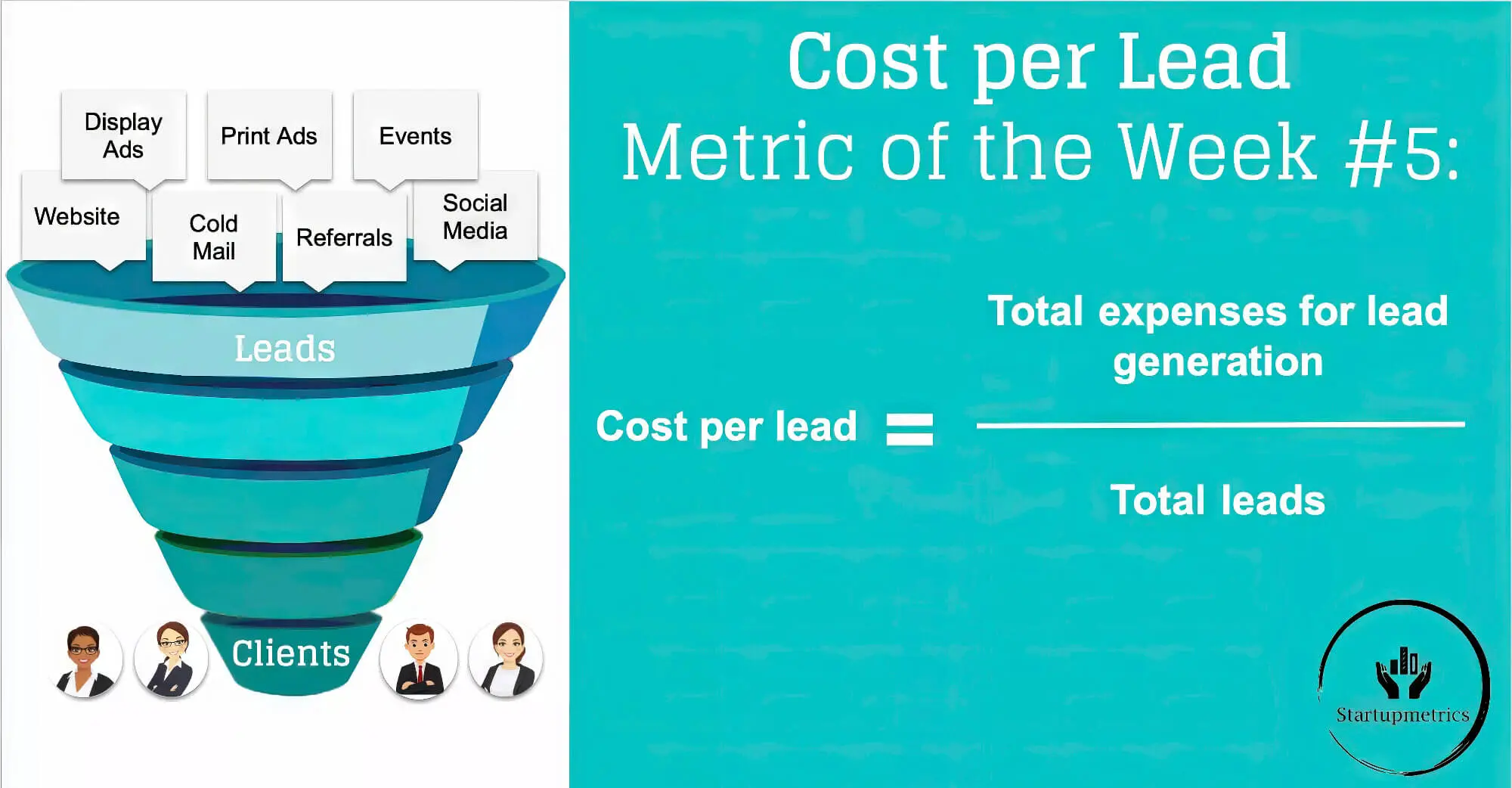
So, to calculate the CPL in this case, you will need to divide the total marketing spend (25,000) by the number of leads generated (250). This will yield a CPL of 100, which means that for each lead generated from your ads, you have to pay $100.
The lower your CPL value, the better it will be for you, as that will reduce the amount of money you have to pay for each lead. Let’s take the same example as before, but now, your ads generate 500 leads instead of 250.
Putting these figures into the cost-per-lead formula, you get a value of 50, meaning you only have to pay $50 for each new lead. Naturally, this approach will make your marketing strategies more cost-effective, rendering better value for your budget.
What Is The Average Cost Per Lead Value?
Now that you know how to calculate cost per lead, you might ask - what is the ideal CPL value for a business? The best CPL value depends on the industry and the type of products and services offered.
However, most digital marketing professionals agree that the CPL value should equal to or less than the gross profit generated per sale. If the CPL is higher than this value, you must revise and develop your existing marketing channels and strategies.
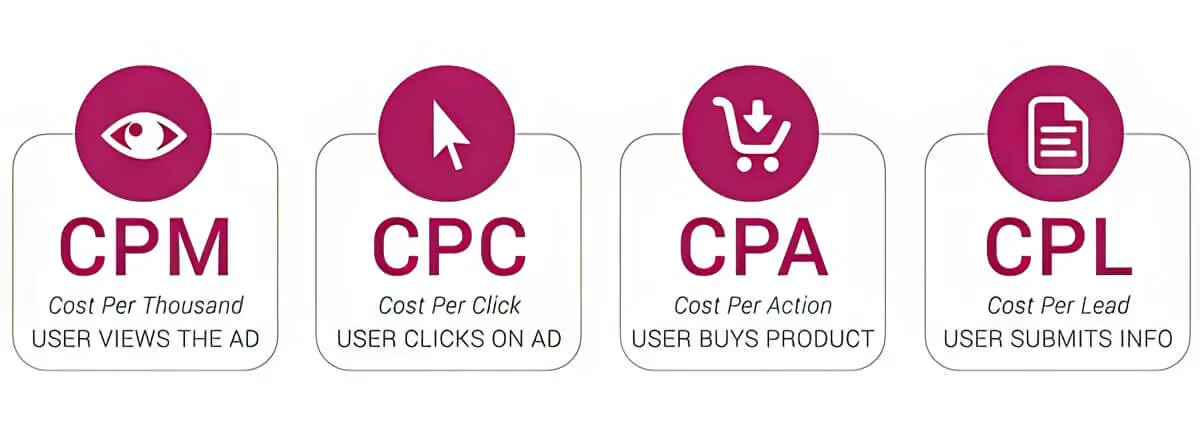
Importance Of Cost Per Lead In Digital Marketing
In the early days of digital marketing and online advertising, CPL was a relatively underdeveloped and underused concept. In those days, leads were generated via online directories and simple search engine results, due to which CPL was not given much importance.
However, as the total marketing domain became more developed and sophisticated, the significance of CPL grew simultaneously. CPL has become almost necessary with the rise of subscription-based and SaaS (software as a service) business models.
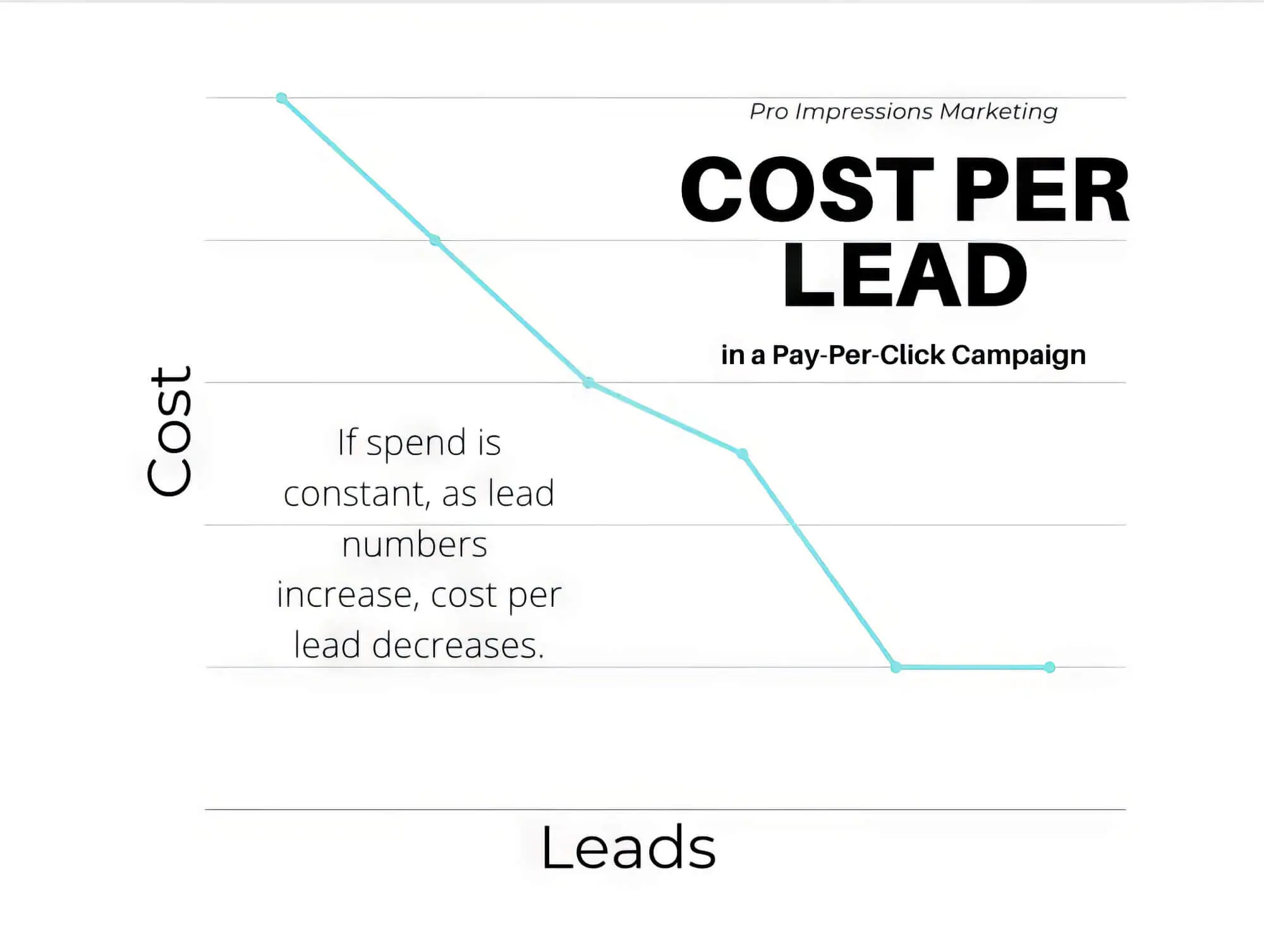
When businesses rely on digital marketing, managed by astute direct response marketers, and maintain high website traffic, visitors must first convert into a lead before becoming paying customers. This, in turn, increases the utility of CPL campaigns, positively impacting the conversion rate. With this metric’s help, a business’s brand marketers can determine the overall effectiveness of the current marketing campaign.
It also allows marketing professionals to develop a sound advertisement strategy that can quickly bring a high volume of new site visitors who are potential leads. As such, they can optimise the ad spend of a business, which can subsequently enhance its operational efficiency.
An optimised CPL can assist businesses in leading successful lead generation initiatives, gearing towards converting a substantial number of users into quality leads. These lead-generation efforts convert potential customers into qualified leads for a sales pipeline, further enhancing business growth and revenue creation.
How To Reduce The Cost Per Lead?
You can use several strategies to reduce your CPL and improve the efficiency of your marketing campaigns. We have discussed some of these strategies in this section.
1. Conduct An Ad Review
This is possibly the most straightforward strategy that you can use to reduce your CPL. If your ad campaigns generate a decent number of clicks and views but can still not create new leads, it indicates a problem. In this scenario, you must review all of your ads across different campaign platforms.
Such a review will allow you to implement suitable changes to these ad campaigns so that they can generate more leads and reduce your CPL. For instance, if the social media ads are inadequate, you can try increasing their number or expanding their reach across new social media channels.
2. Optimise Your Ads And Your Website Content
Ads may often fail to generate new leads because the landing page connected to the ads lacks optimisation. To resolve this issue, you can try optimising these ads so that they can reach the most number of audiences.
You can optimise the keywords in your Google Ads to increase their chances of showing up on search engine results. Also, you can tweak the format of your banner ads and optimise the quality of content present on the landing pages.
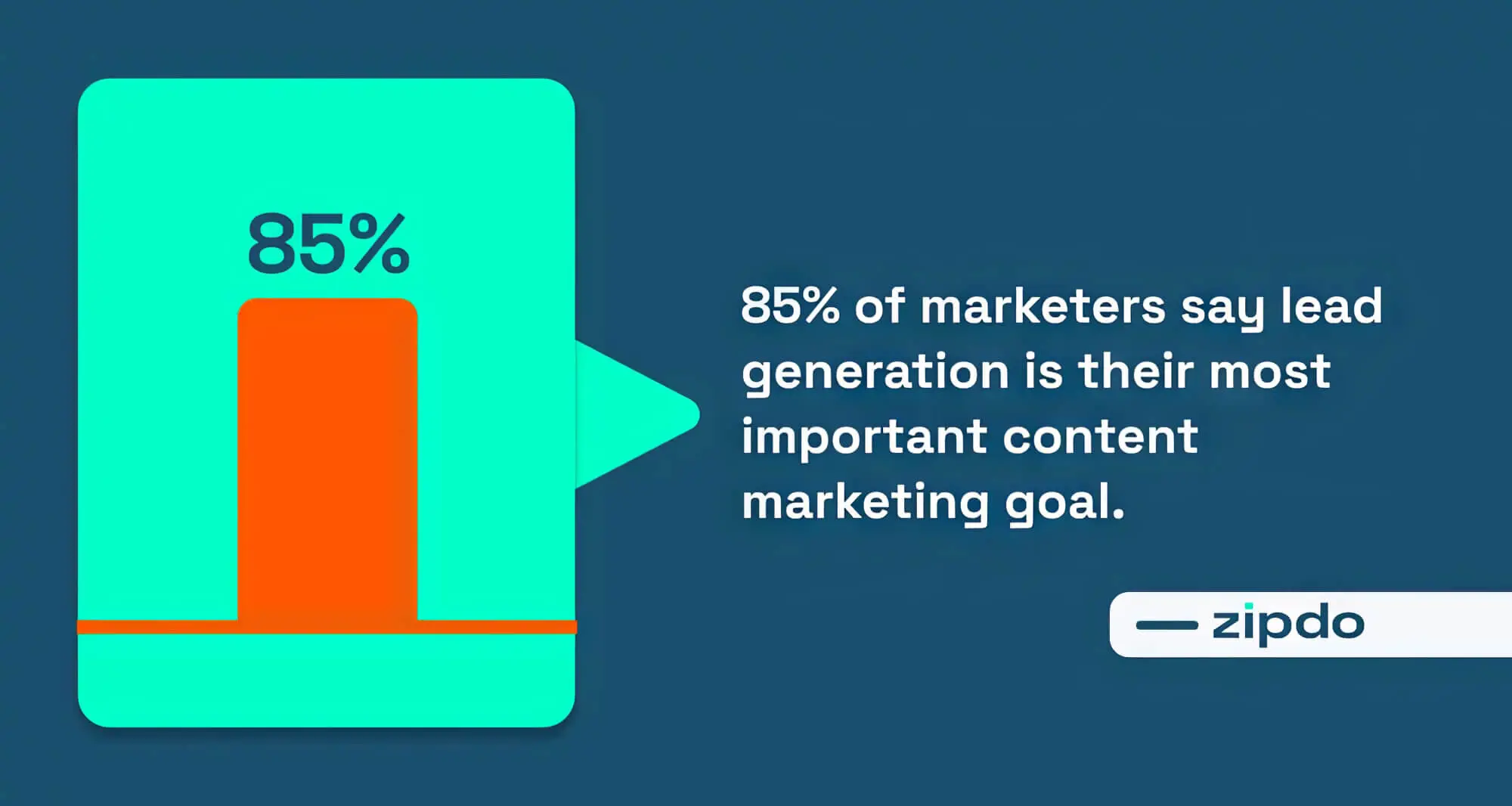
3. Use Retargeting Strategies
If your CPL marketing campaigns are unable to convert the leads acquired into paying customers efficiently, then it might be because you are not using a suitable targeting strategy. In this situation, retargeting can help you to reconnect with these customers and enhance conversion rates.
A retargeting strategy involves serving tailored content that meets the specific online behaviours of your potential customers. This will naturally ensure a higher engagement rate and consequently improve conversion chances.
4. Monitor Performance By Network And Device
If you want your ad campaigns to generate quality leads, you must regularly monitor their performance using analytics tools like Google Analytics across different networks and device types. When you notice that your ads are not generating leads efficiently on a particular network, you can contact the network partners to sort out the issue.
Similarly, you need to ensure that the ads are optimised for different types of devices, such as smartphones, tablets and so on. This, in conjunction with display advertising, will enable you to reach a larger number of users within a shorter timeframe.
Decoding Cost Per Lead - Your Path to Higher Conversions
We’re wrapping up this guide on cost per lead. As discussed, this metric is crucial for online businesses looking to boost reach and market presence.
That said, you will need a marketing team of smart digital marketers and extensive knowledge of digital marketing strategies to develop a plan that meets the recommended CPL benchmarks. Small or new business owners may not possess such resources, challenging the lead-generation process.
In that case, you can seek help from specialised marketing professionals such as sitecentre®. For a fee, these professionals can lend their expertise to optimise your ad campaigns and improve the CPL and other key performance indicators.



